The automotive world thrives on innovation, and Hyundai has proven time and again that it is not afraid to push boundaries. From the futuristic Ioniq lineup to the bold redesign of the Santa Fe, the brand has consistently redefined expectations. Now, Hyundai is venturing into uncharted territory with the Crater Concept, a striking off-road SUV that debuted at AutoMobility LA 2025. This concept signals Hyundai’s intent to challenge established players like the Ford Bronco and Land Rover Defender, while carving out its own identity in the rugged SUV space.
A New Direction for Hyundai
Hyundai has long offered rugged trims under its XRT badge, but the Crater Concept represents something entirely different: a ground-up design study built for off-roading. Unlike the brand’s typical crossover-based SUVs, the Crater is unapologetically boxy, muscular, and adventure-ready.
The design sketches reveal:
- High-riding stance with blocky proportions.
- Rounded bumpers for improved approach and departure angles.
- Roof rack with auxiliary lights, emphasizing expedition capability.
- Pixel-patterned lighting units, echoing Hyundai’s Ioniq design language.
This combination of futuristic styling and rugged practicality suggests Hyundai is serious about entering the hardcore off-road segment.
Inspired by Extreme Environments
Hyundai describes the Crater Concept as embodying “capability and toughness”, inspired by extreme environments. The name “Crater” itself evokes imagery of lunar landscapes and rugged terrains, hinting at a vehicle designed to conquer the harshest conditions.
Created at the Hyundai America Technical Center, the Crater is more than just a design exercise. It reflects Hyundai’s ambition to expand its portfolio beyond urban-friendly SUVs and into vehicles that appeal to adventure seekers.
Positioned Against Rivals
The Crater Concept is clearly aimed at rivals like the Ford Bronco and Land Rover Defender. Its boxy silhouette, vertical proportions, and aggressive detailing place it firmly in the same category. Yet Hyundai’s approach feels distinct: while competitors lean heavily on heritage, Hyundai is crafting a new identity in the off-road space.
This fresh perspective could resonate with younger buyers who want capability without being tied to legacy brands.
Electric or Not?
One of the biggest questions surrounding the Crater Concept is its powertrain. Hyundai has not confirmed whether the vehicle is electric, hybrid, or combustion-powered. The pixelated lighting and futuristic design cues suggest an EV, aligning with Hyundai’s broader electrification strategy. However, the brand may also be testing the waters with a rugged ICE or hybrid SUV before committing fully to an electric off-roader.
Either way, the Crater Concept demonstrates Hyundai’s flexibility in adapting its design language to multiple propulsion systems.
Global and Local Implications
The Crater Concept debuted at AutoMobility LA 2025, with Hyundai livestreaming the reveal to a global audience. It will remain on display throughout the Los Angeles Auto Show, signaling Hyundai’s confidence in the concept’s appeal.
Interestingly, Hyundai has also confirmed plans to launch a new off-road SUV in India by FY2030, as part of seven all-new nameplates. The Crater Concept could serve as a design preview for that model, giving Indian buyers a taste of Hyundai’s rugged future.
Why It Matters
The Crater Concept is significant for several reasons:
- Expands Hyundai’s brand identity beyond urban and family SUVs.
- Signals ambition to compete directly with established off-road icons.
- Explores electrification in a segment traditionally dominated by combustion engines.
- Appeals to adventure seekers, a growing demographic in global markets.
For Hyundai, this is not just about showcasing a flashy concept—it’s about proving that the brand can deliver vehicles that inspire confidence in extreme conditions.
Conclusion
The Hyundai Crater Concept is more than a design study; it’s a bold statement of intent. With its muscular proportions, futuristic lighting, and off-road-ready stance, the Crater positions Hyundai as a serious contender in the rugged SUV segment. Whether it evolves into a production model or remains a concept, it reflects Hyundai’s willingness to challenge conventions and embrace adventure.
As the automotive landscape shifts toward electrification and lifestyle-driven vehicles, the Crater Concept could mark the beginning of a new chapter for Hyundai—one where capability, toughness, and innovation converge.
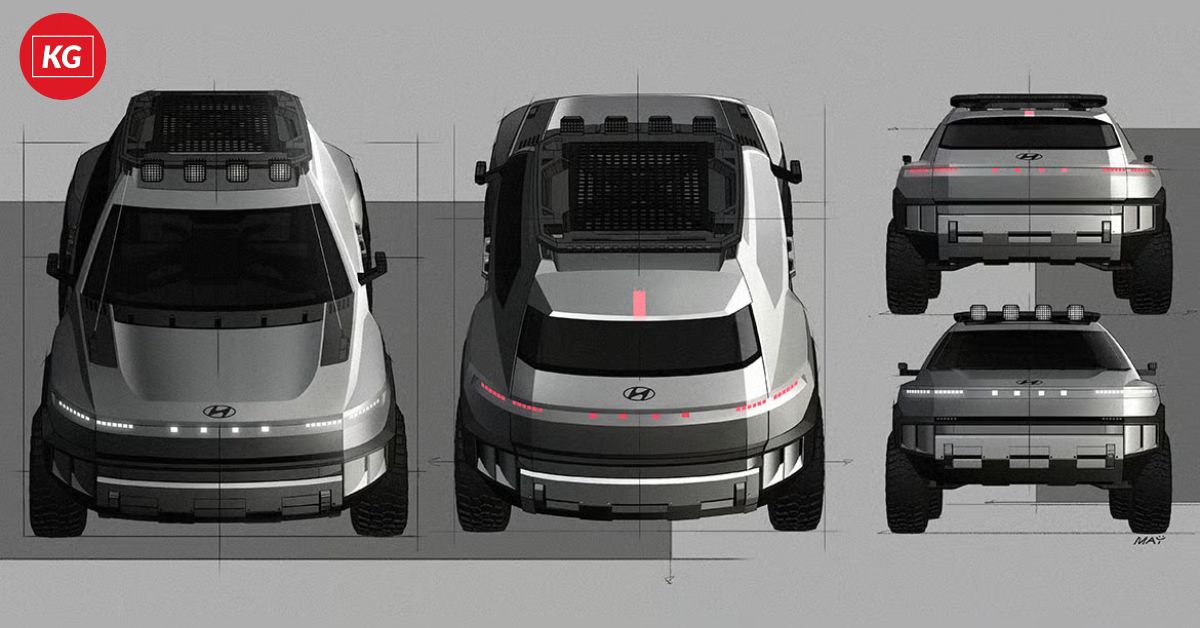
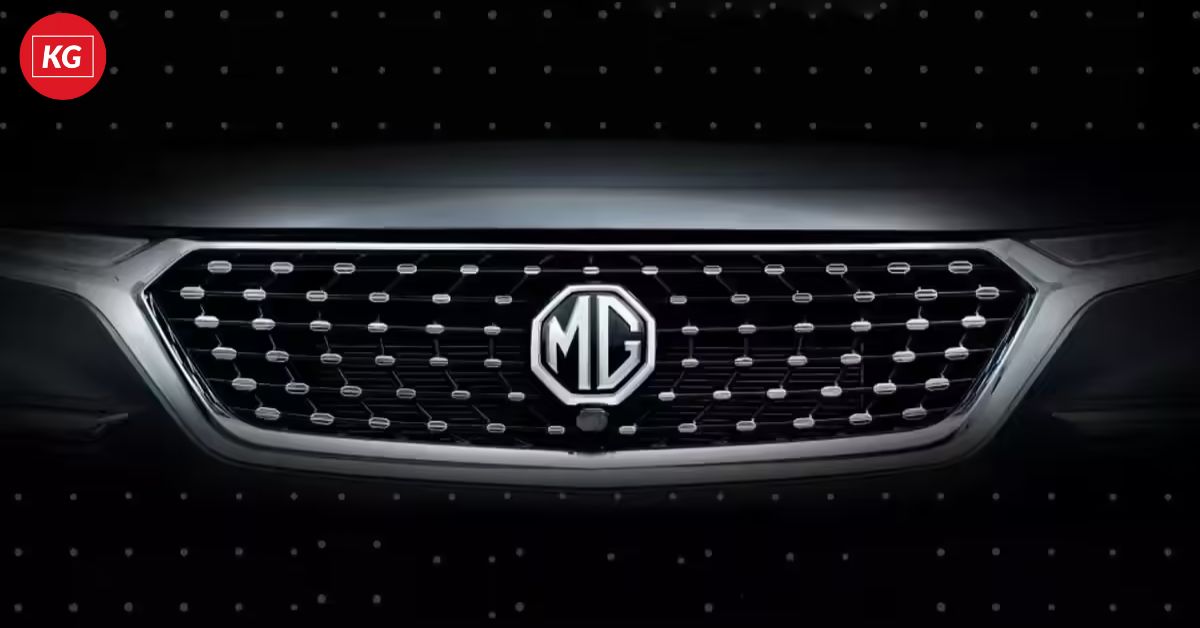
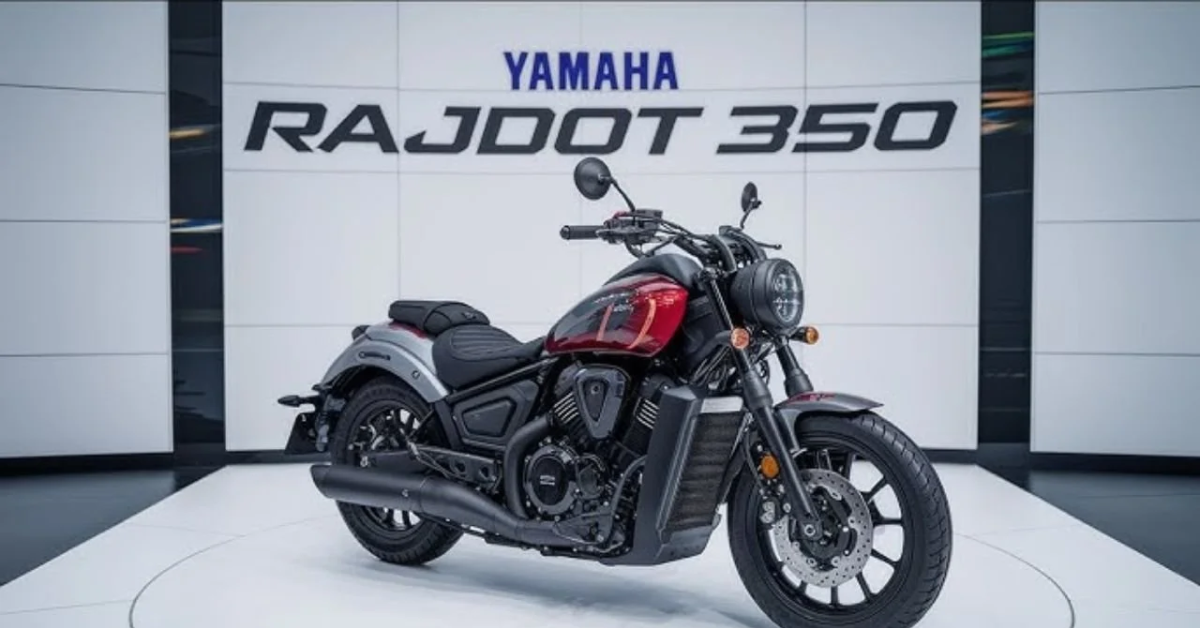

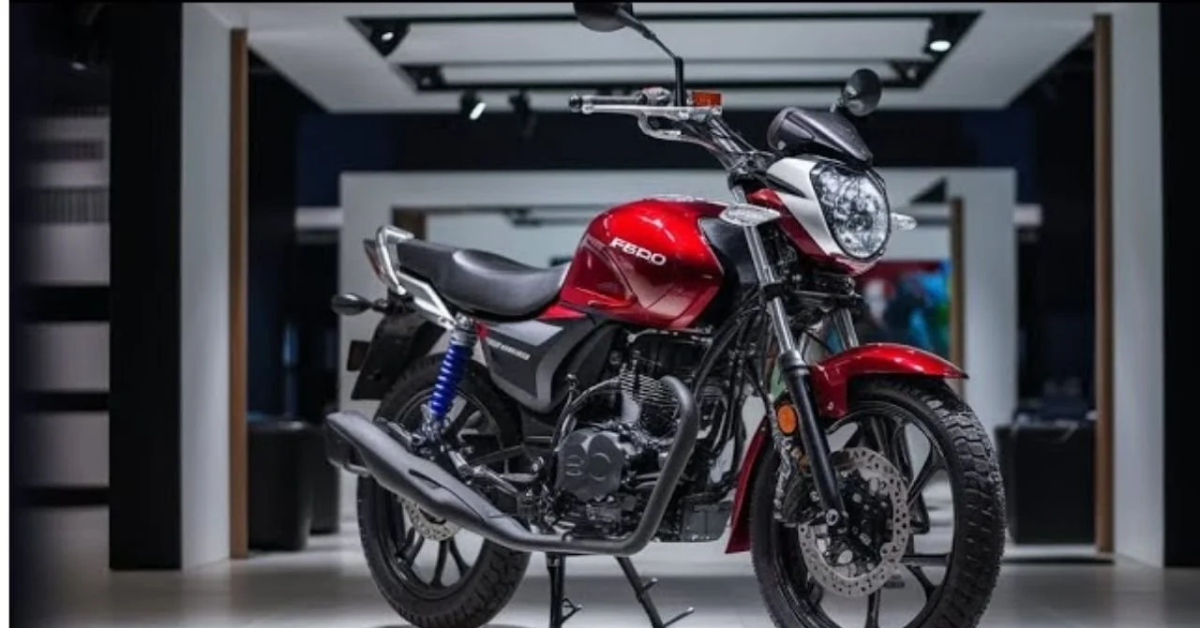
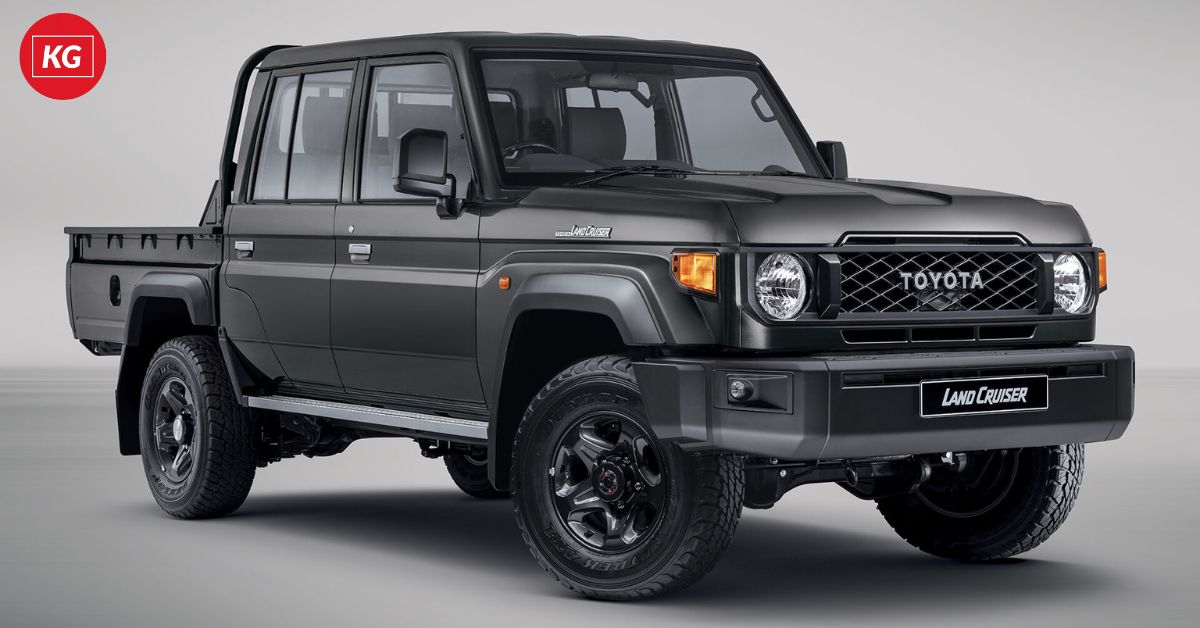

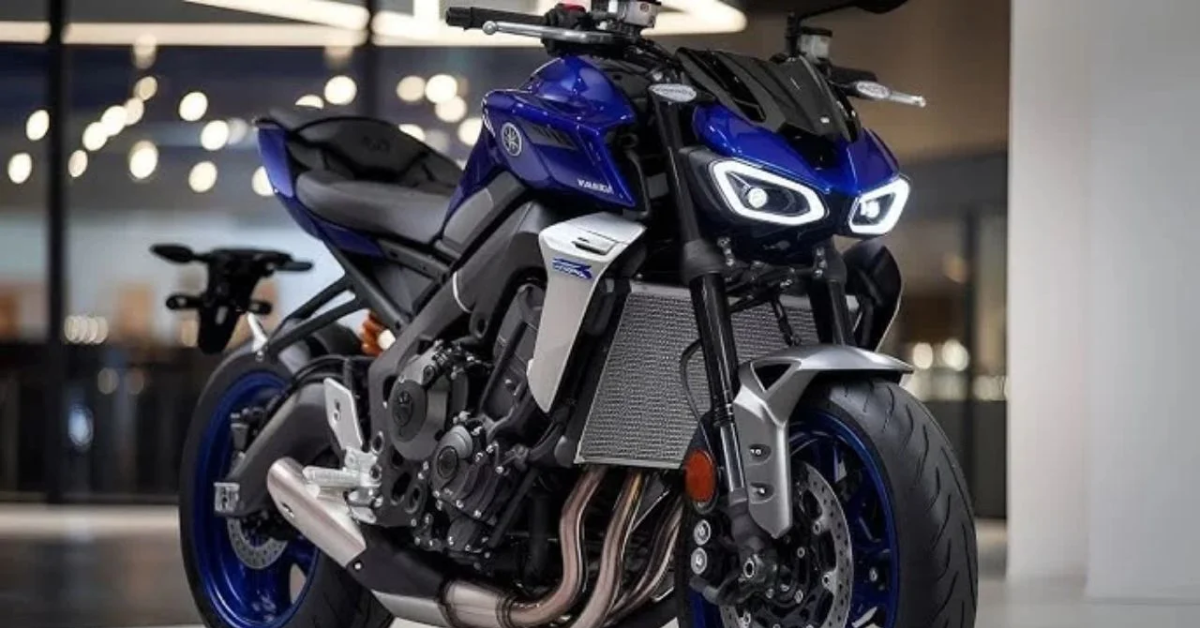
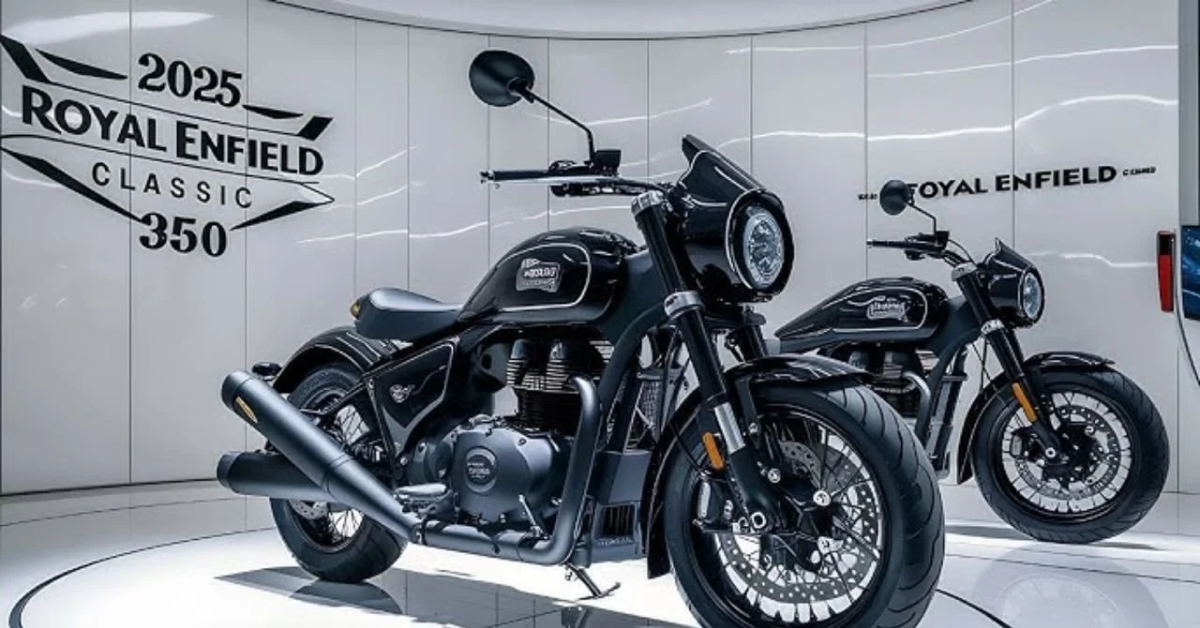

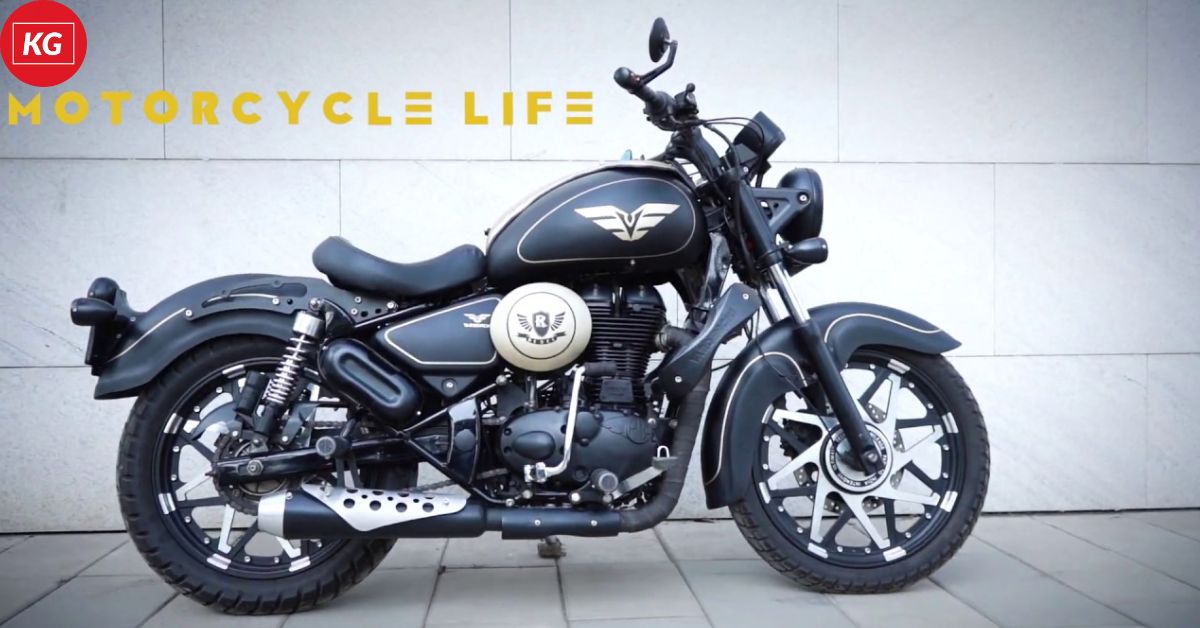
Leave a Reply